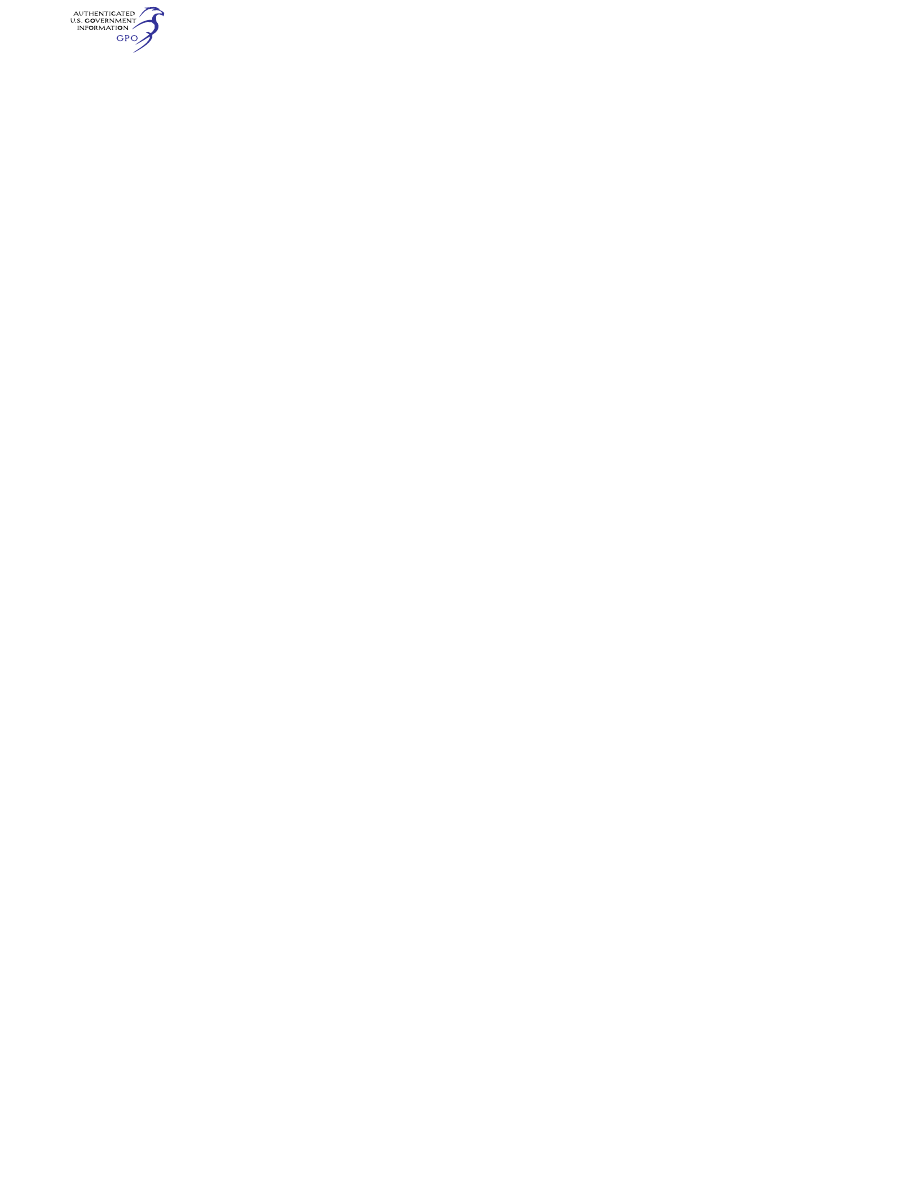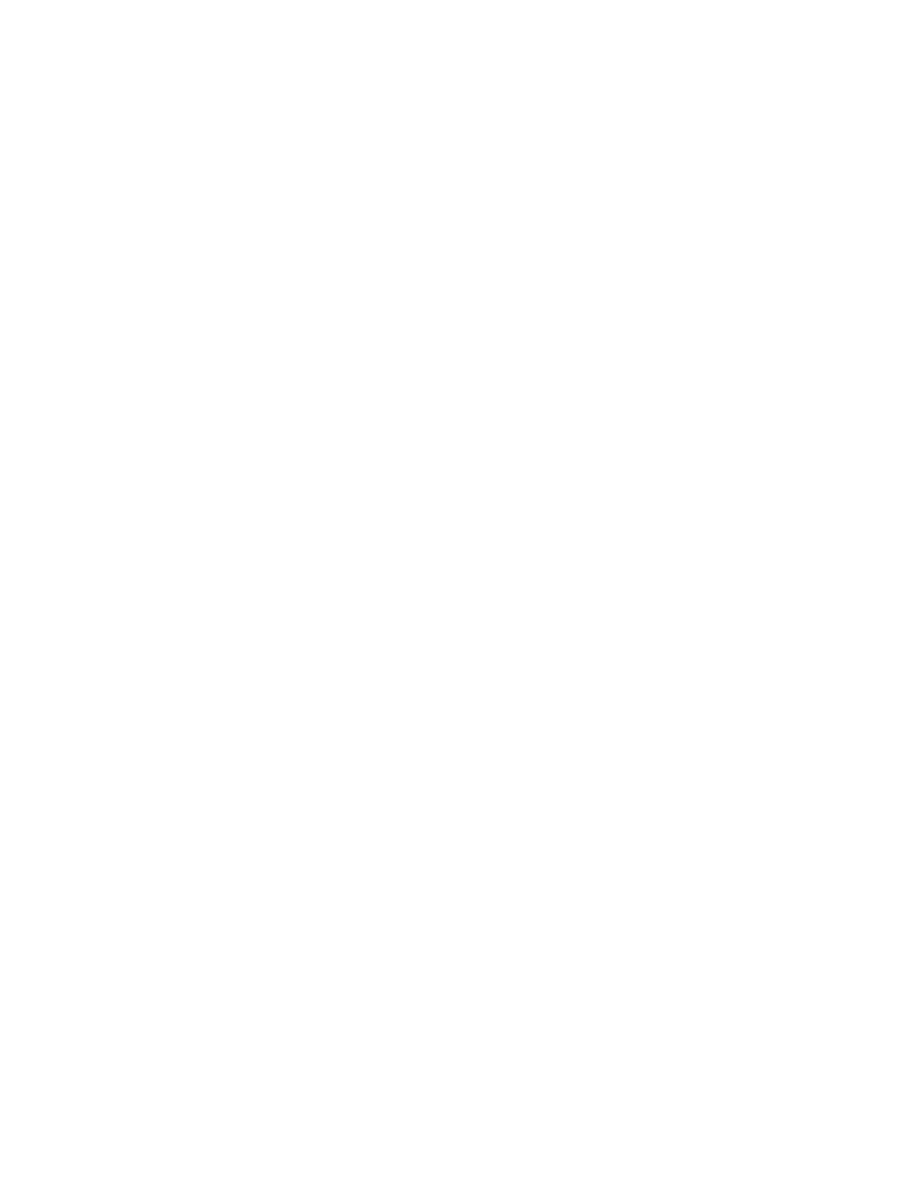
640
14 CFR Ch. I (1–1–24 Edition)
§ 29.1011
(d) The controls for any fuel jetti-
soning system must be designed to
allow flight personnel (minimum crew)
to safely interrupt fuel jettisoning dur-
ing any part of the jettisoning oper-
ation.
(e) The fuel jettisoning system must
be designed to comply with the power-
plant installation requirements of
§ 29.901(c).
(f) An auxiliary fuel jettisoning sys-
tem which meets the requirements of
paragraphs (a), (b), (d), and (e) of this
section may be installed to jettison ad-
ditional fuel provided it has separate
and independent controls.
[Amdt. 29–26, 53 FR 34218, Sept. 2, 1988]
O
IL
S
YSTEM
§ 29.1011
Engines: general.
(a) Each engine must have an inde-
pendent oil system that can supply it
with an appropriate quantity of oil at a
temperature not above that safe for
continuous operation.
(b) The usable oil capacity of each
system may not be less than the prod-
uct of the endurance of the rotorcraft
under critical operating conditions and
the maximum allowable oil consump-
tion of the engine under the same con-
ditions, plus a suitable margin to en-
sure adequate circulation and cooling.
Instead of a rational analysis of endur-
ance and consumption, a usable oil ca-
pacity of one gallon for each 40 gallons
of usable fuel may be used for recipro-
cating engine installations.
(c) Oil-fuel ratios lower than those
prescribed in paragraph (c) of this sec-
tion may be used if they are substan-
tiated by data on the oil consumption
of the engine.
(d) The ability of the engine and oil
cooling provisions to maintain the oil
temperature at or below the maximum
established value must be shown under
the applicable requirements of §§ 29.1041
through 29.1049.
[Doc. No. 5084, 29 FR 16150, Dec. 3, 1964, as
amended by Amdt. 29–26, 53 FR 34218, Sept. 2,
1988]
§ 29.1013
Oil tanks.
(a)
Installation. Each oil tank instal-
lation must meet the requirements of
§ 29.967.
(b)
Expansion space. Oil tank expan-
sion space must be provided so that—
(1) Each oil tank used with a recipro-
cating engine has an expansion space of
not less than the greater of 10 percent
of the tank capacity or 0.5 gallon, and
each oil tank used with a turbine en-
gine has an expansion space of not less
than 10 percent of the tank capacity;
(2) Each reserve oil tank not directly
connected to any engine has an expan-
sion space of not less than two percent
of the tank capacity; and
(3) It is impossible to fill the expan-
sion space inadvertently with the
rotorcraft in the normal ground atti-
tude.
(c)
Filler connections. Each recessed
oil tank filler connection that can re-
tain any appreciable quantity of oil
must have a drain that discharges clear
of the entire rotorcraft. In addition—
(1) Each oil tank filler cap must pro-
vide an oil-tight seal under the pres-
sure expected in operation;
(2) For category A rotorcraft, each
oil tank filler cap or filler cap cover
must incorporate features that provide
a warning when caps are not fully
locked or seated on the filler connec-
tion; and
(3) Each oil filler must be marked
under § 29.1557(c)(2).
(d)
Vent. Oil tanks must be vented as
follows:
(1) Each oil tank must be vented
from the top part of the expansion
space to that venting is effective under
all normal flight conditions.
(2) Oil tank vents must be arranged
so that condensed water vapor that
might freeze and obstruct the line can-
not accumulate at any point;
(e)
Outlet. There must be means to
prevent entrance into the tank itself,
or into the tank outlet, of any object
that might obstruct the flow of oil
through the system. No oil tank outlet
may be enclosed by a screen or guard
that would reduce the flow of oil below
a safe value at any operating tempera-
ture. There must be a shutoff valve at
the outlet of each oil tank used with a
turbine engine unless the external por-
tion of the oil system (including oil
tank supports) is fireproof.
(f)
Flexible liners. Each flexible oil
tank liner must be approved or shown
VerDate Sep<11>2014
09:06 Jun 28, 2024
Jkt 262046
PO 00000
Frm 00650
Fmt 8010
Sfmt 8010
Y:\SGML\262046.XXX
262046
jspears on DSK121TN23PROD with CFR
